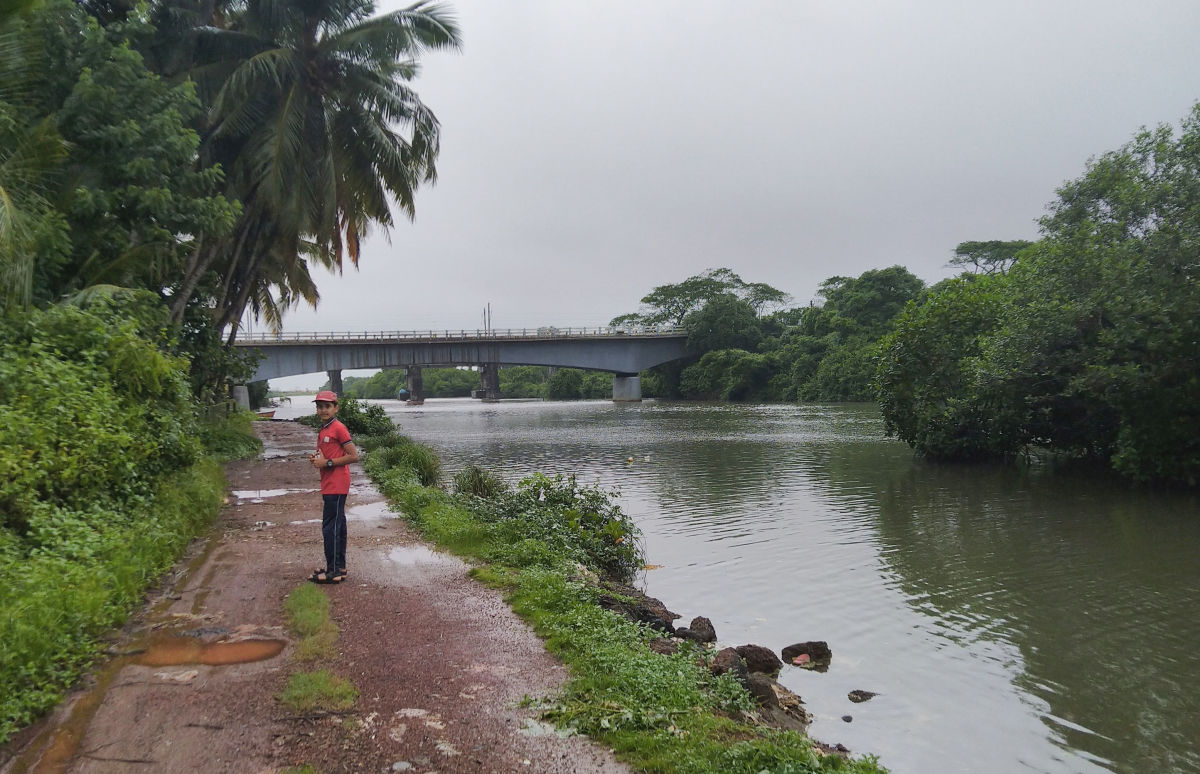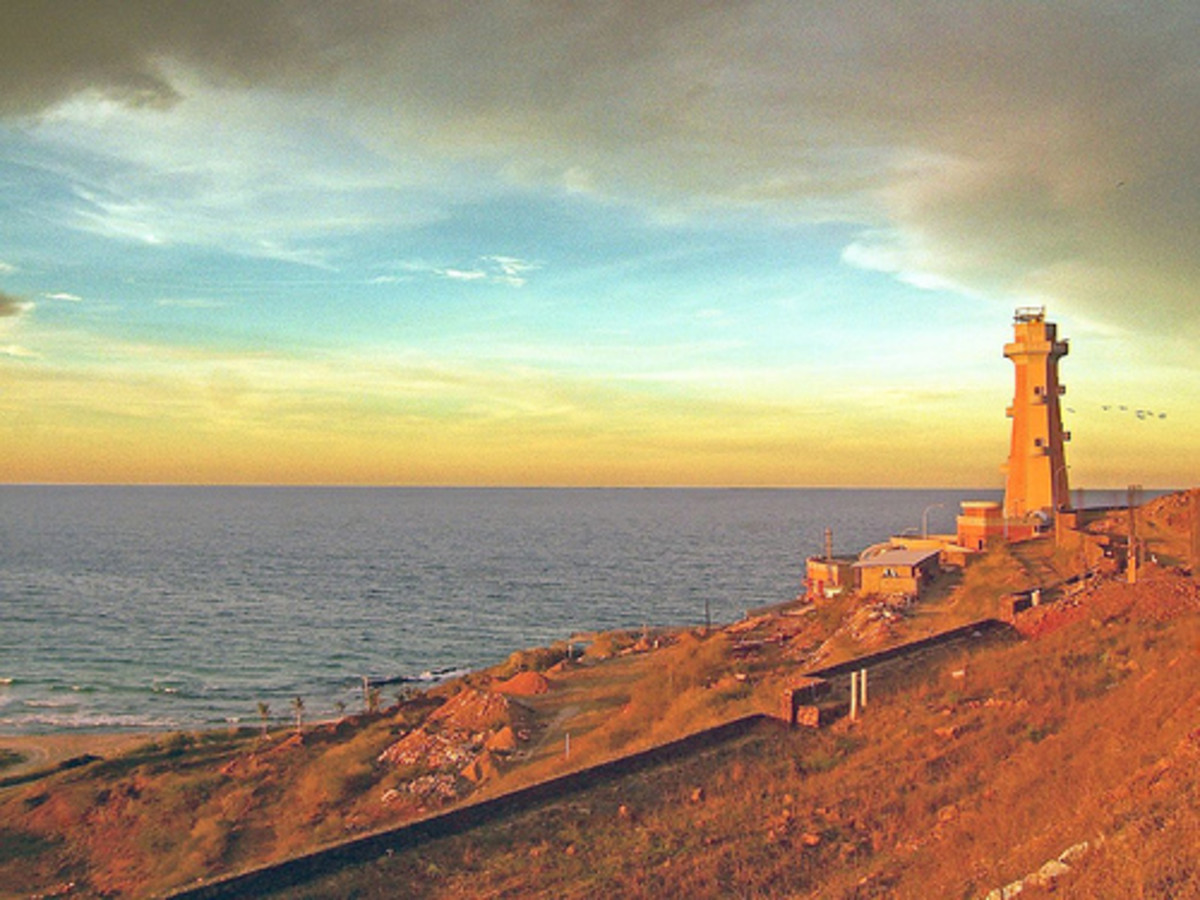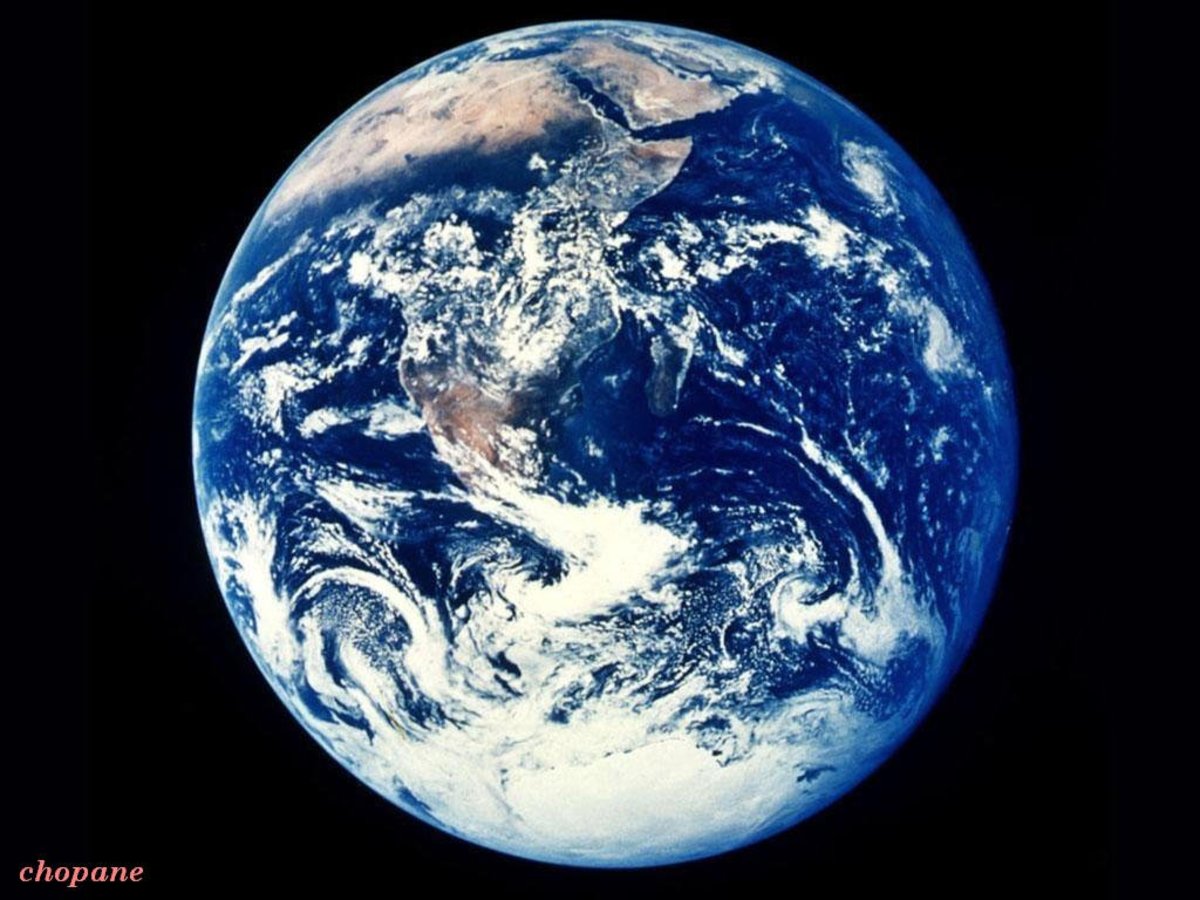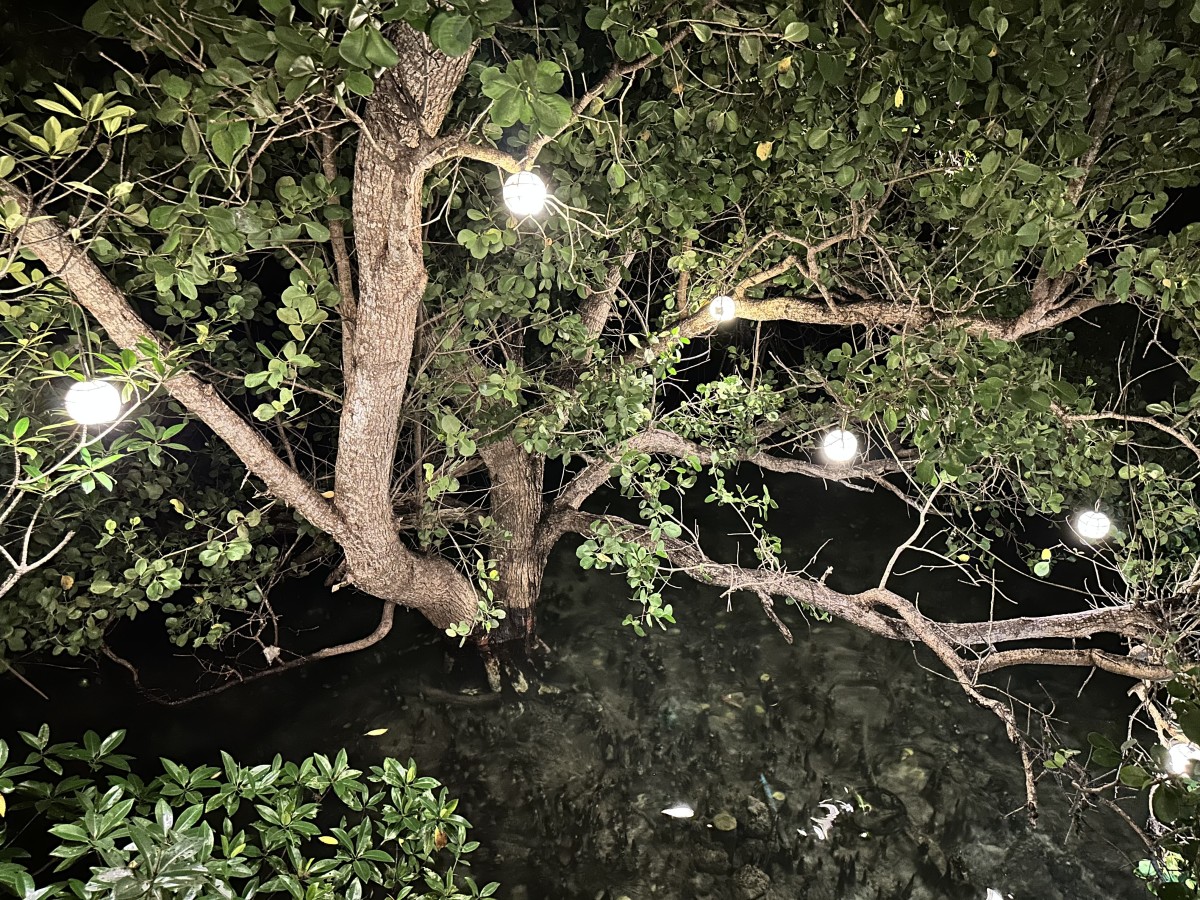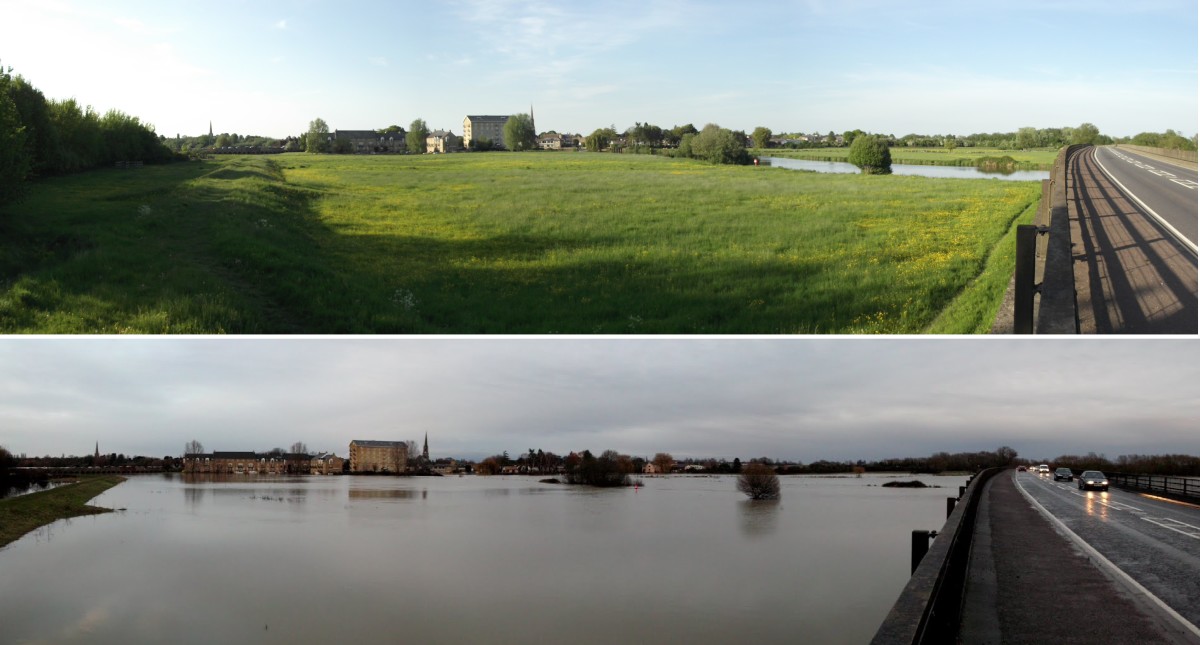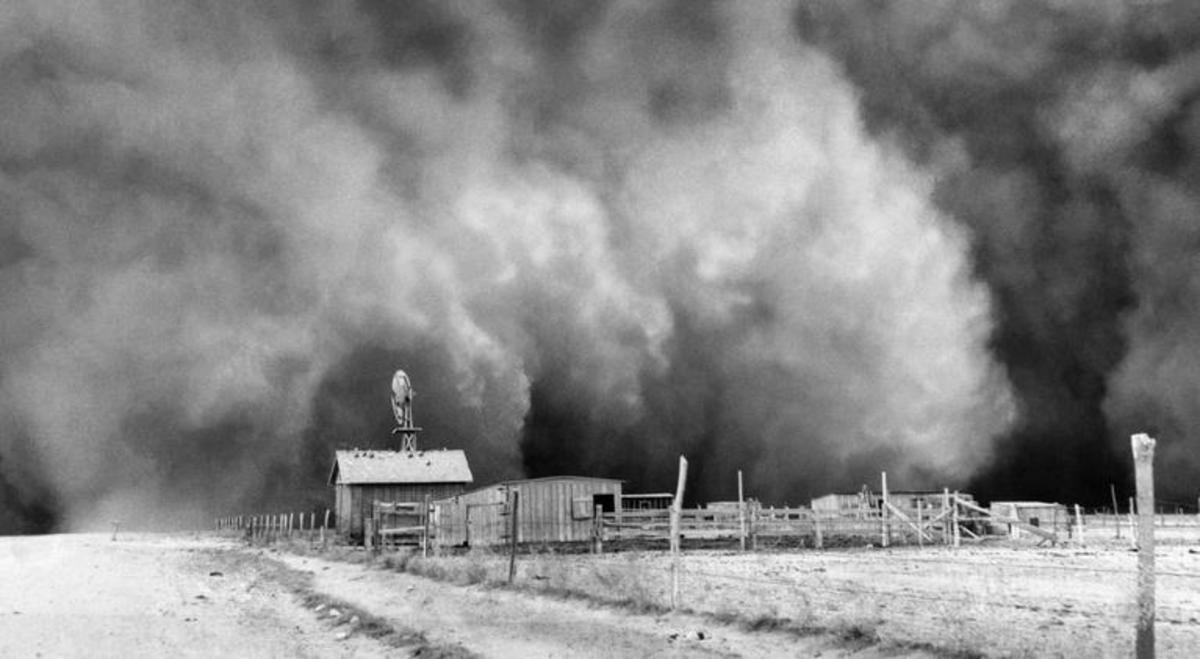Shrimp Farming: The Destruction of Our Mangrove Forests
Mangrove Forests (Mangrove Swamps)
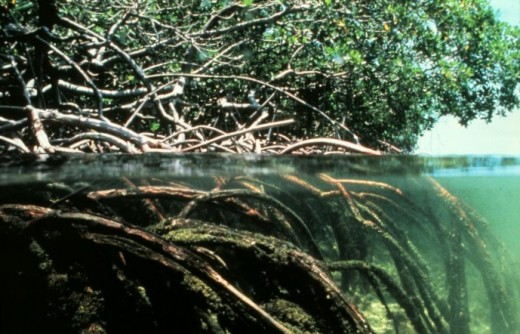
Mangrove Forests
This is an excerpt from a research paper i wrote on how shrimp farming in coastal mangrove forests are destroying these fragile ecosystems.
Mangroves are vital ecosystems for various aspects in the natural world. These wetland forests provide a stable link between the terrestrial and the aquatic ecosystems, they act as hunting grounds for many wading bird species, and the mangrove trees also are the beginning of a critical detritus food chain. Detritus is a nitrogen rich material that is digestible for larger organisms. Mangrove leaves drop off into the water and are quickly colonized by marine fungi and bacteria. These bacteria and fungi take carbon compounds that cannot be used by larger organisms, and turn them into detritus. Organisms such as worms, shrimp, clams, and oysters feed on these bacteria and fungi, which are then preyed upon by fish and amphibians, transferring the detritus and other nutrients through the ecosystem (Mangrove.org). Without the mangrove trees, this essential cycle would cease to exist.
Mangrove ecosystems also provide many benefits for mankind. Mangrove forests create a buffer along the coast which absorb storms and weaken them before they hit civilization (Forces of Nature: Hurricanes).Without these ecosystems, these storms would be much more powerful when they hit human settlements and would cause much more damage and take many more lives. Wetlands, such as these forests, filter out polluted and undrinkable water, which then provides humans with a supply of drinkable ground water. The water moves through the mangroves, and the trees and other plants absorb the nutrients such as phosphates and nitrates, along with some metals and minerals. This clean water is then absorbed into the ground through infiltration, and feeds into the aquifers. The aquifers are then used by humans for drinking water and for agriculture, making the filtration of water in mangroves a vital process for humans that inhabit the coastal areas.
When farmers construct ponds for shrimp farms in mangroves and coastal areas, they are clearing out the mangrove habitat, which disrupts the wildlife and natural processes. Mangroves are disappearing three to four times as fast as the global average for deforestation, with one of the main reasons being aquaculture (Science Illustrated 62). In 2011 throughout the world, shrimp aquaculture has been responsible for 38% of mangrove loss (Science Illustrated 64). Many aquatic species, such as fish, crabs, and mollusks, utilize the mangroves as nurseries and refuges for their young (The World Conservation Union 2). If we continue to destroy the mangrove forests, these species will have to locate new nursery sites, which will put a strain on their reproduction cycles. If they are unable to locate new, safe, nursery sites, then they will be forced to raise their young in areas where they will be extremely vulnerable to predators and will not survive. Mangroves also offer ideal habitat for monitor lizards, manatees, countless species of primates, sea turtles, mudskippers (The World Conservation Union 2). Without mangroves, many of these species who are adapted to the brackish, saline waters of mangrove forests, would die and possibly become extinct. Various species of bird, such as the Roseate Spoonbill and the Limpkin, rely on mangrove forests for nesting sites and migratory stops (Mangrove Life: Birds). The destruction of mangrove forests will damage the wildlife and surrounding ecosystems beyond restoration, causing various species to go extinct and hundreds more to become endangered.
When farmers first begin their shrimp farming enterprise, they usually harvest a supply of wild shrimp and fish from the mangrove forests. They also use this wild catch to create feed for their shrimp, and continue to harvest wild fish for the feed (Mongabay.com). Shrimp are a critical part of the food chain in the mangrove ecosystem, so if their numbers are significantly reduced from harvesting by shrimp farmers, the predators above them in the food chain will have less prey, reducing their numbers as well. This will weaken the food chain greatly, and damage the ecosystem as a whole. Reduction in the population of wild shrimp in mangroves will also cause a gap in the detritus food chain, starving larger organisms of these vital nutrients, and causing an influx of marine fungi and bacteria, which could cause the levels of dissolved oxygen to decrease, killing off marine species.
Throughout the process of shrimp farming, farmers employ chemically-enhanced feed to speed the growth of their shrimp. Many things are added to the shrimp feed, such as vitamins, chitin, immunostimulants, minerals, and therapeutic agents (Boyd 2). The danger in using feed additives is the phosphates added to the feed leaking out into the surrounding waters and mangroves forests, causing eutrophication. Eutrophication is when there is an excessive amount of nutrients, mainly nitrates and phosphates, in a water source. These nutrients cause algae blooms, which create mats of algae on the surface of the water. These mats block sunlight from reaching the body of the water, killing off photosynthetic organisms that reside there. Soon the algae die off as well, sinking to the bottom. This influx of dead organic matter causes an increase in bacteria populations which break down and feed on the dead organic matter. However, these bacteria require oxygen to complete these processes, so the levels of dissolved oxygen in the water decrease, and the BOD (Biochemical oxygen demand) increases. The decrease in dissolved oxygen levels causes marine species such as fish, shrimp, worms, and shellfish to die off, possibly causing these species to become extinct.

